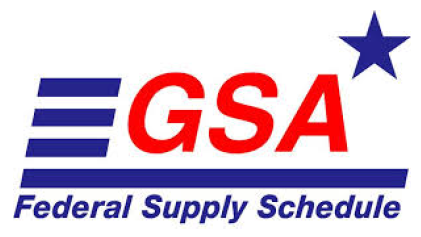Government contracts can be daunting, yet it offers substantial opportunities for businesses of all sizes. Whether you’re a seasoned contractor or new to the arena, understanding the bidding process is crucial to your success. This blog post outlines a strategic five-step approach to help you not only participate but excel in bidding for government contracts.
Step 1: Fulfill the Basic Requirements
Before diving into the world of government contracting, ensure your business meets the essential prerequisites. This includes obtaining necessary certifications, registrations, and clearances. A critical starting point is registering with the System for Award Management (SAM) at SAM.gov, which is mandatory for all federal contractors. Additionally, consider obtaining any relevant small business certifications that could give you an edge in the bidding process, such as the 8(a) Business Development program or HUBZone certification.
Step 2: Find a Contract Opportunity
Locating the right government contract opportunity is pivotal. Utilize platforms like Beta.SAM.gov, which lists all federal contracting opportunities. Tailor your search to match your business’s capabilities and size. For more targeted results, filter opportunities by agency, dollar amount, and contract type. Staying informed through industry days and pre-solicitation meetings can also provide valuable insights and networking opportunities.
Step 3: Draft the Bid
Drafting your bid is perhaps the most demanding part of the process. Begin by thoroughly understanding the Statement of Work (SOW) or Performance Work Statement (PWS). Your proposal should clearly address how your offerings meet the government’s needs, backed by your organization’s qualifications and experience. Be concise, precise, and make sure your proposal is compliant with all solicitation requirements. Utilizing professional proposal writers or consultants can be a beneficial investment here.
Step 4: Thoroughly Review Your Bid
Before submission, a comprehensive review of your bid is essential. This step ensures that your proposal is not only compliant with the solicitation requirements but also free of errors and accurately represents your offering. Consider having multiple stakeholders review the proposal to catch different types of errors—everything from typos to technical inaccuracies. This is also the time to ensure that all cost data is accurate and competitive.
Step 5: Submit the Bid
Finally, submit your bid by the deadline. Ensure that you follow all specified formats and submission guidelines to avoid rejection. Digital submissions are common, but always confirm the method and any specific requirements like digital signatures or encryption.
Conclusion
Successfully bidding on government contracts requires meticulous preparation and an understanding of the procurement process. By following these five steps, your business can enhance its chances of not only winning a government contract but also executing it successfully. Stay persistent and continually seek to improve your bidding strategy based on feedback and experience.
Feeling overwhelmed? Don’t know where to start? Book a free 30-minute consultation call with one of our experts at Capitol 50. We’re here to guide you through every step of the process. Visit us here to schedule your session today! See you there!
Frequently Asked Questions (FAQs)
What is SAM?
System for Award Management (SAM) is an official website of the U.S. government. To bid on federal contracts, you must be registered here.
Can small businesses compete for government contracts?
Absolutely! There are numerous programs designed to give small businesses an edge in the federal marketplace, including set-asides and small business certifications.
How do I know if my bid is competitive?
Conduct market research to understand pricing trends and ensure your proposal is both competitive and realistic. Leveraging past contract awards as a benchmark can also be helpful.



